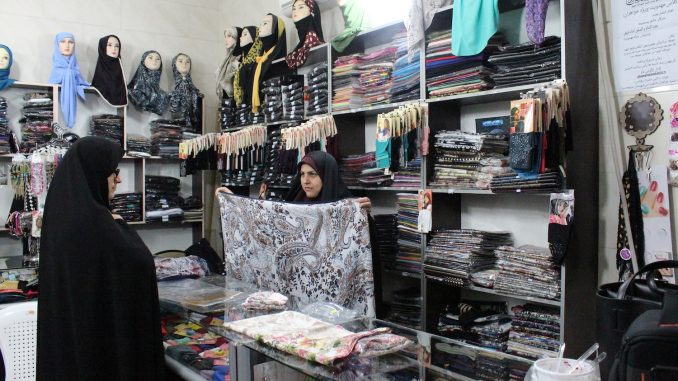
On normal years, the first few weeks after Norouz holidays, are usually quiet with very little interesting economic news. This year, it is particularly slow as the government has ordered national lock-down (which in fact has made it possible for people to go around!). Additionally, being Ramadan, things get even more slow, making it even harder to find interesting economic news. We have just tried to find a few such news for you.
All these factors plus the struggling economy, made Tehran Stock Exchange (TSE) to experience its most awful Farvardin Month ever. In the few weeks after Norouz holidays, all indices at TSE fell down and the main index, TEDPIX, fell by 6.7 percent.
A year ago, during the same period, TEDPIX went up by nearly 35 percent and that was a beginning for people to rush toward the capital market.
While the stock market shrinks, prices elsewhere go up; particularly for “supermarket products”. In general, packed foods have experience 20 percent growth in prices with respect to a month before, i.e. Esfand 1399. Certain products, like tuna fish can cost 260,000 rials (1 USD): twice as much as a year ago.
And as people have to pay more on food and housing expenses, they naturally spend less on other things.
If asked which cities spend most on buying cloths and shoes, one may automatically think: people from rich cities would spend a bigger share on such objects.
However, the latest report published by the Ministry of Labour and Welfare shows that this is not necessarily the case.
In fact, in Iran during the last year, Tehrani people have spent much less than any other cities to buy cloth or shoes.
While citizens from Kohkiluye-Boyer-Ahmad, Northern Khorasan and Kurdistan have spent the maximum on this sector.
Interestingly, although Kohkiluye is one of the poorest cities in Iran, the households in this city have spent twice as much as Tehrani people to buy cloths and shoes.
The report states that on average an Iranian urban family has spent 15 million rials per year to buy clothes and shoes, something around 50 euros per year (one euro is nearlly 300,000 rials).
Considering that each Iranian family consists of 3.5 persons on average, one might think what is possible to buy such as cloths and shoes in a year with such budget!
This is while ten years ago, this sector cost 6 million rials for an Iranian household which according to the exchange rate at the time would have been 400 euros (one euro in 1390 was 15,000 rials)!
In Kohkiluye-Boyer-Ahmad, on average each household has spent around 24.5 million rials on this sector and they might look much prettier than us, Tehrani people!
That’s it for this week. We hope to report more interesting stuff for the next issue!

Be the first to comment